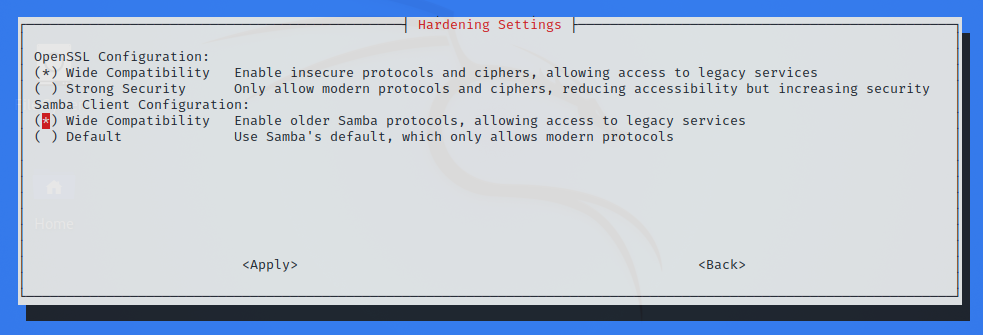KEEP IN TOUCH
Subscribe to our mailing list to get free tips on Data Protection and Cybersecurity updates weekly!







Kali Linux 2021.4 was released today by Offensive Security and includes further Apple M1 support, increased Samba compatibility, nine new tools, and an update for all three main desktop.
Kali Linux is a Linux distribution allowing cybersecurity professionals and ethical hackers to perform penetration testing and security audits against internal and remote networks.
With this release, the Kali Linux Team introduces a bunch of new features, including:
It was already possible to install Kali Linux on Parallels on Apple Silicon Macs.
Also Read: 5 Types of Ransomware, Distinguished
With Kali Linux 2021.4, you can now also install the distro on the VMware Fusion Public Tech Preview as the new kernel includes the modules needed for the virtual GPU.
Using Kali’s installer will automatically detect if you are installing on VMware and install the appropriate packages.
As insecure protocols are discovered in Samba, they are commonly disabled by default on Linux distributions to increase security.
As Kali Linux is a penetration test distribution, it is better to enable all protocols so that pentesters can find older, vulnerable implementations.
With this release, Offensive Security is configuring Samba for wide compatibility, which means that they are enabling older Samba protocols.

It wouldn’t be a new Kali Linux version without some new tools and utilities, which are listed below:
The Kali Linux team continues to improve support for ARM devices with the following changes:
Also Read: Data Protection Policy: 8 GDPR Compliance Tips
kalipi-config will allow you to switch between them, if you would like to test different versions.echo 1 | sudo tee /sys/devices/system/cpu/cpufreq/boost to enableecho 0 | sudo tee /sys/devices/system/cpu/cpufreq/boost to disableTo start using Kali Linux 2021.4, you can upgrade your existing installation or download ISO images for new installs and live distributions.
For those updating from a previous version, including installs on the Windows Subsystem for Linux (WSL), you can use the following commands to upgrade to the latest version.
echo "deb http://http.kali.org/kali kali-rolling main non-free contrib" | sudo tee /etc/apt/sources.list
sudo apt update && sudo apt -y full-upgrade
cp -i /etc/skel/.bashrc ~/
cp -i /etc/skel/.zshrc ~/
chsh -s /bin/zsh
[ -f /var/run/reboot-required ] && sudo reboot -fOnce you are done upgrading, you can see if the upgrade to Kali Linux 2021.4 was successful by using the following command:
grep VERSION /etc/os-releaseA complete changelog for Kali 2021.4 can be found at Kali’s website.